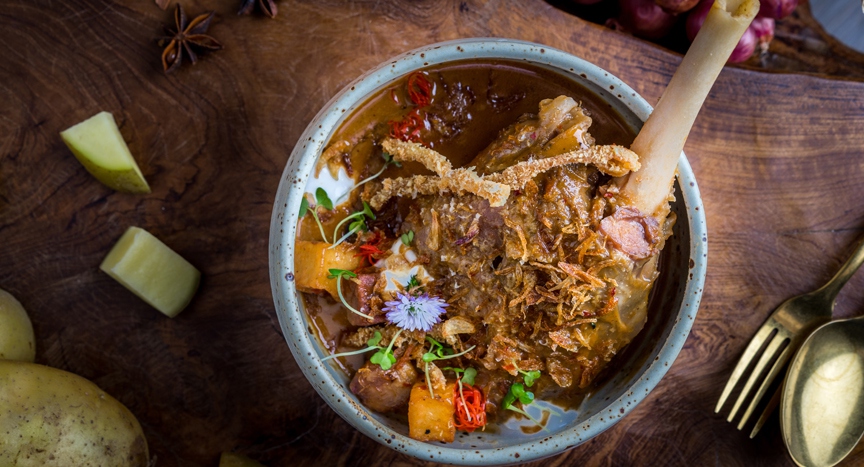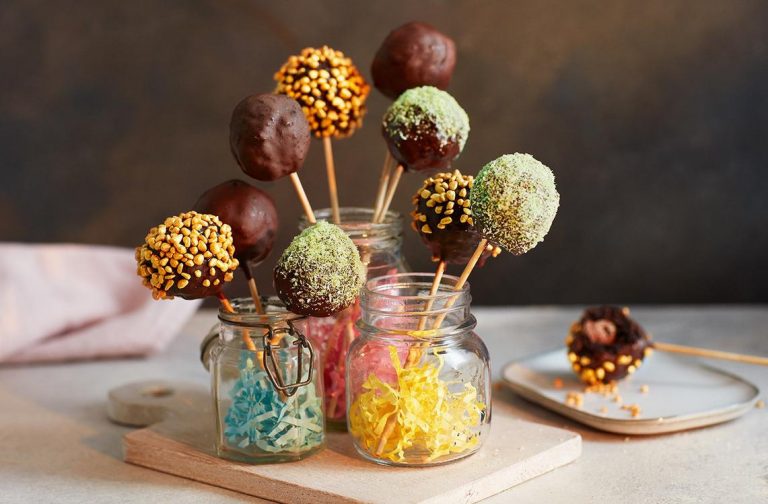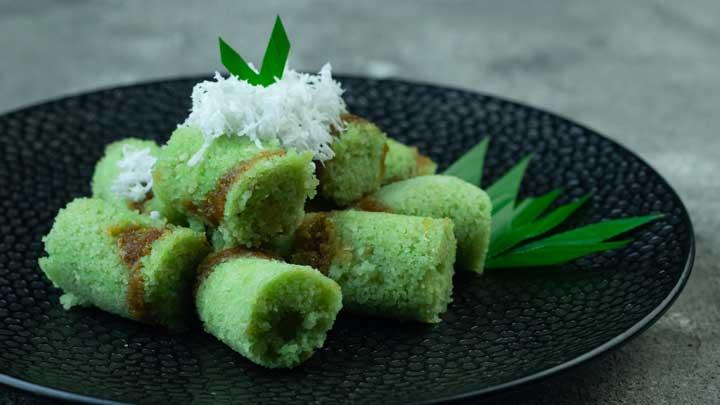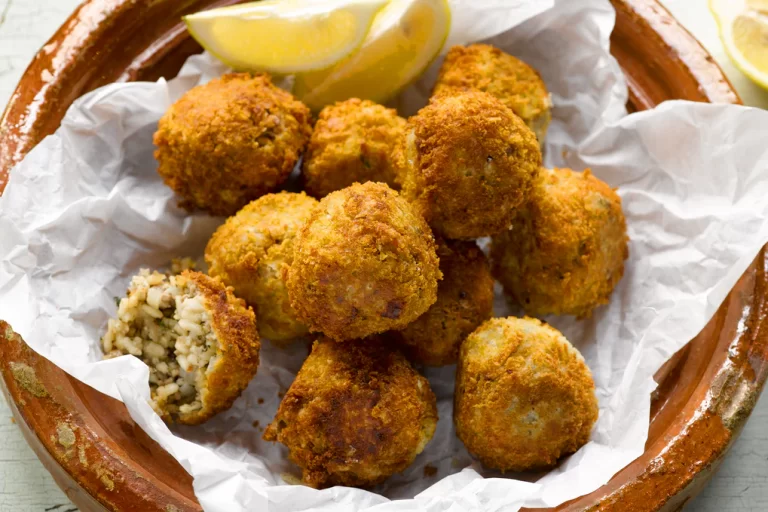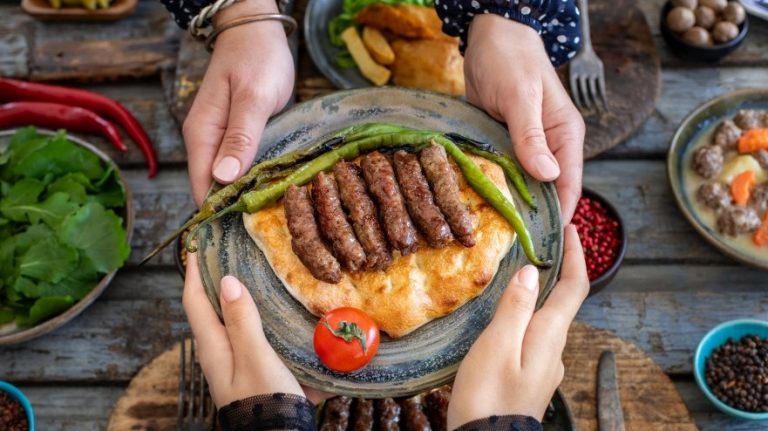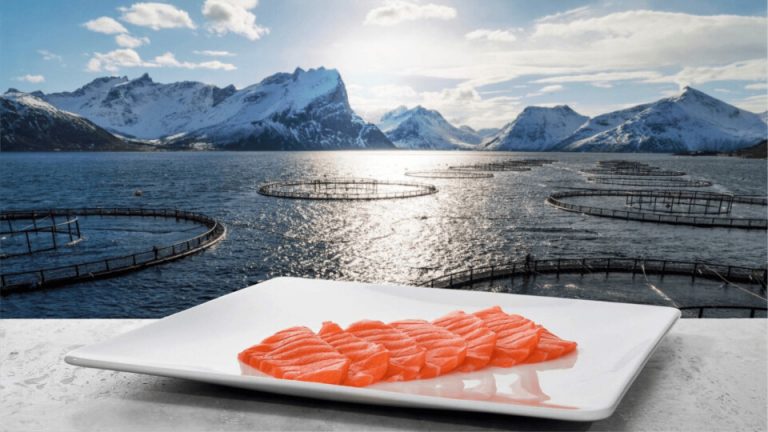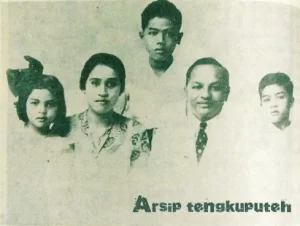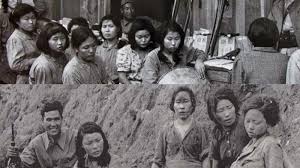Massaman Curry (แกงมัสมั่น) is one of Thailand’s most flavorful and unique dishes, known for its rich, mildly spicy, and aromatic sauce. Unlike traditional Thai curries, Massaman curry is deeply influenced by Persian, Indian, and Malay cuisines, resulting in a dish that blends warm spices like cinnamon, cardamom, and nutmeg with Thai ingredients like lemongrass, tamarind, and coconut milk.
With tender braised meat, potatoes, roasted peanuts, and a creamy coconut base, Massaman curry is a harmonious mix of sweet, savory, and slightly tangy flavors, making it a favorite among Thai food lovers.
In this guide, we will explore:

- The history and cultural influences behind Massaman curry.
- Key ingredients that define its unique taste.
- Step-by-step recipe to make authentic Massaman curry at home.
- Best side dishes and drink pairings.
- Tips for achieving the perfect balance of flavors.
The History and Cultural Influences of Massaman Curry
Persian & Indian Influence (17th Century)
- The word “Massaman” is believed to have originated from “Mussulman”, an old word for Muslim, reflecting its Islamic culinary roots.
- Introduced to Thailand by Persian traders and Malay-Muslim communities, the dish was adapted with Thai ingredients and flavors.
Royal Endorsement
- Massaman curry was highly favored by King Rama II of Thailand (r. 1809–1824), who even wrote a poem about its deliciousness!
Modern Popularity
- Today, Massaman curry is one of Thailand’s most famous dishes, appearing on menus worldwide, especially in Thai restaurants in the U.S., UK, and Australia.
- It was ranked #1 in CNN’s “World’s 50 Best Foods” (2011) for its incredible depth of flavor.
📌 Fun Fact: Unlike many Thai curries, which use fresh herbs and pastes, Massaman curry uses dry spices like cinnamon, cloves, and nutmeg—more common in Indian and Middle Eastern cuisine.
Key Ingredients That Define Massaman Curry
🌿 Aromatic Base & Curry Paste
- Massaman Curry Paste (Prik Gaeng Massaman) – The heart of the dish, made with dried chilies, galangal, lemongrass, garlic, shallots, coriander, cumin, and warm spices like cinnamon and nutmeg.
- Coconut Milk – Adds richness and creaminess.
- Tamarind Paste – Provides a tangy, slightly sour balance.
🥩 Protein Choices
- Beef (Neua) – The most traditional choice (slow-braised for tenderness).
- Chicken (Gai) – A popular alternative.
- Lamb (Gae) – Common in Muslim communities.
- Tofu (Vegan Option) – Absorbs flavors well.
📌 Best Choice? Beef Massaman Curry is considered the most authentic, as slow-braising allows the flavors to develop beautifully.
🥔 Vegetables & Texture Additions
- Potatoes – Absorb the curry’s rich sauce beautifully.
- Roasted Peanuts – Add crunch and nuttiness.
- Onions – Bring sweetness to the curry.
📌 Secret Ingredient: Some variations add pineapple for extra sweetness.
🧂 Essential Spices & Seasonings
- Cinnamon Sticks – Adds warmth and depth.
- Cardamom & Nutmeg – Provide a subtle, earthy sweetness.
- Palm Sugar – A touch of sweetness balances the spice.
- Fish Sauce or Salt – Enhances umami and depth.
📌 Adjust to Taste: The balance of sweet, salty, tangy, and creamy makes Massaman curry unique and complex.
Step-by-Step Recipe: Authentic Thai Massaman Curry
Ingredients (Serves 4-5)
For the Curry Paste (Homemade Option):
- 3 dried red chilies (soaked and deseeded)
- 1 stalk lemongrass (finely chopped)
- 1-inch galangal (or ginger, grated)
- 3 cloves garlic (minced)
- 3 shallots (chopped)
- 1 tsp coriander seeds
- 1 tsp cumin seeds
- ½ tsp cinnamon powder
- ¼ tsp nutmeg powder
- 1 tbsp shrimp paste (optional for umami boost)
📌 Shortcut: Use store-bought Massaman curry paste for convenience!
For the Curry:
- 500g beef chuck or chicken thighs (cubed)
- 2 tbsp vegetable oil
- 1 can (400ml) coconut milk
- 1 cup beef or chicken broth
- 2 tbsp Massaman curry paste
- 2 medium potatoes (cubed)
- 1 onion (sliced into wedges)
- 3 tbsp roasted peanuts
- 2 tbsp fish sauce (or soy sauce for vegan option)
- 1 tbsp tamarind paste
- 1 tbsp palm sugar (or brown sugar)
- 1 cinnamon stick & 2 cardamom pods
- 1 tbsp lime juice (for extra brightness)
Step 1: Prepare the Curry Base
- Heat oil in a pot over medium heat.
- Add Massaman curry paste and sauté until fragrant (about 2 minutes).
- Stir in cinnamon stick and cardamom pods for extra aroma.
📌 Pro Tip: Frying the curry paste enhances its depth of flavor.
Step 2: Cook the Meat & Aromatics
- Add cubed beef or chicken, searing for 3-5 minutes.
- Pour in half the coconut milk and let it simmer for 10 minutes to infuse flavors.
📌 For Beef: Use low heat and simmer for 1.5-2 hours for ultimate tenderness.
Step 3: Add Vegetables & Seasoning
- Stir in potatoes, onions, peanuts, fish sauce, tamarind paste, and palm sugar.
- Pour in the remaining coconut milk and broth, then simmer for 20 minutes.
📌 Taste Test: Adjust seasoning to balance sweetness, saltiness, and tanginess.
Step 4: Final Touch & Serving
- Once the potatoes are soft, add lime juice and stir.
- Serve hot with steamed jasmine rice or roti.
- Garnish with chopped peanuts, fresh cilantro, and lime wedges.
📌 Let it Rest: Massaman curry tastes even better the next day as the flavors deepen!
Best Side Dishes & Drink Pairings
🍚 Side Dishes:
- Steamed Jasmine Rice – The perfect neutral base.
- Roti (Thai Flatbread) – Great for soaking up the rich sauce.
- Thai Cucumber Salad (Ajat) – Adds a refreshing crunch.
🍹 Drink Pairings:
- Thai Iced Tea – Sweet, creamy contrast to the spices.
- Coconut Water – Light and refreshing.
- Lager Beer – Pairs well with the richness of the dish.
Final Thoughts: A Curry Like No Other
Massaman curry is a beautiful blend of cultures, flavors, and techniques, making it one of Thailand’s most unique and gengtoto beloved dishes. With its fragrant spices, creamy coconut base, and slow-cooked tenderness, it is a must-try for any Thai food lover.
💬 Have you tried making Massaman curry at home? What’s your favorite variation? Share your thoughts below! 🍛🔥🥢












